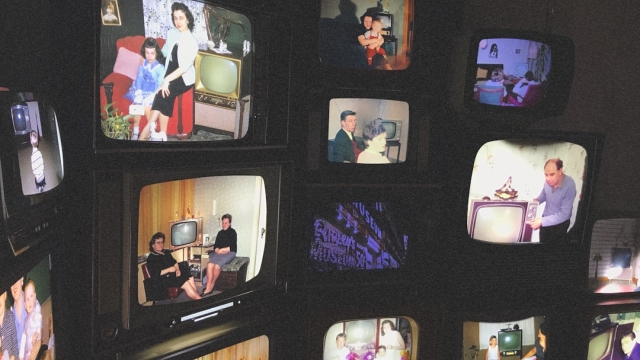Did you know that over 80% of households in the United States subscribe to at least one streaming service? This trend reflects a significant shift in how audiences consume entertainment, moving away from traditional cable television to more flexible and varied options. The rise of streaming services has transformed viewing habits, offering an extensive library of content accessible at any time. Understanding how these platforms work and their impact on viewing behaviors is crucial for both consumers and content creators.
The Evolution of Streaming Services
Streaming services have come a long way from their inception. Initially, platforms like Netflix began as DVD rental services before evolving into the on-demand streaming giants we know today. This evolution has been driven by various factors, including:
- Consumer Demand: Viewers increasingly prefer on-demand content over scheduled programming.
- Technological Advancements: Improved internet speeds and smart devices have made streaming more accessible.
- Diverse Offerings: The proliferation of original content has attracted a wider audience.
Current Leading Streaming Services
Today, several key players dominate the streaming landscape. These platforms vary in their offerings, subscription models, and target audiences:
- Netflix: Known for its vast library and original series like “Stranger Things,” Netflix has set the standard for streaming services.
- Amazon Prime Video: This service not only offers movies and shows but also includes benefits for Amazon shoppers.
- Disney+: With its extensive catalog of Disney classics, Marvel, and Star Wars franchises, Disney+ appeals to families.
- Hulu: This service combines current TV shows with a library of older content and original series.
The Impact of Streaming on Viewing Habits
The shift towards streaming service viewing has significantly altered how people engage with media. Here are some notable impacts:
Increased Flexibility
Streaming services provide viewers the flexibility to watch what they want, when they want. No longer bound by a television schedule, audiences can binge-watch entire seasons or catch up on missed episodes at their convenience. This shift has led to the phenomenon of “binge-watching,” where viewers consume multiple episodes in one sitting.
Targeted Content and Personalization
Another advantage of streaming platforms is their ability to offer personalized recommendations based on viewing habits. Algorithms analyze user preferences, leading to tailored content suggestions that keep viewers engaged. This level of personalization is a stark contrast to traditional television, where audiences had limited choices.
Challenges and Considerations
While the benefits of streaming services are evident, they also present certain challenges:
- Subscription Fatigue: With so many platforms available, consumers may feel overwhelmed by multiple subscriptions, leading to “subscription fatigue.”
- Content Fragmentation: Exclusive content spread across various platforms can make it difficult for viewers to access their favorite shows and movies.
- Quality over Quantity: As the market becomes saturated, some platforms may prioritize quantity over the quality of content, leading to a decline in overall viewer satisfaction.
The Future of Streaming Services
As technology continues to advance, the future of streaming services is likely to see even more innovations. Enhanced virtual reality experiences, interactive content, and live-streaming events are just a few possibilities on the horizon. Additionally, partnerships between companies could lead to bundled services, offering consumers more value and convenience.
In conclusion, the landscape of streaming service viewing is ever-evolving, driven by consumer preferences and technological advancements. As viewers continue to embrace these platforms, understanding their dynamics will be essential for both content consumers and creators alike.

